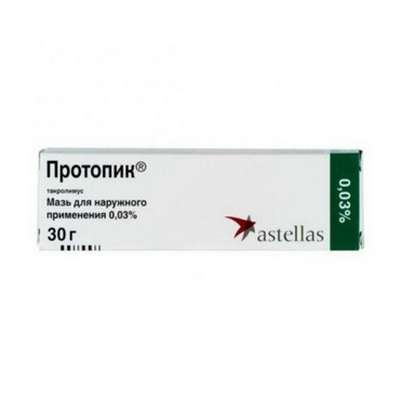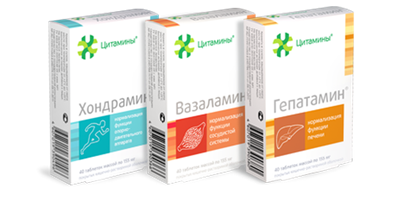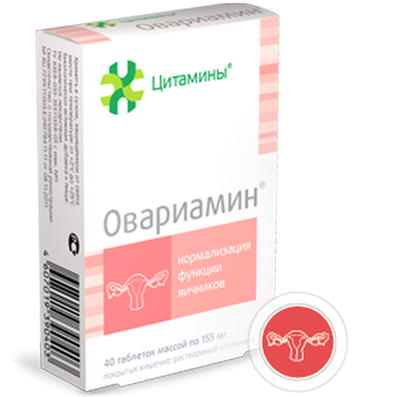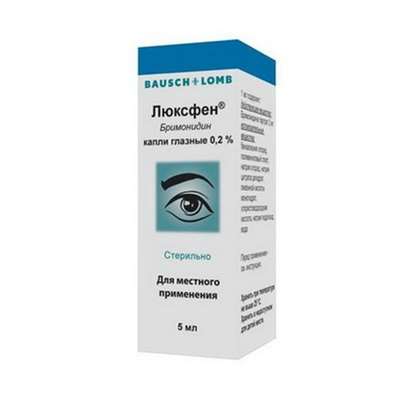Mildronate and Long-Term Effects Of Traumatic Brain Injury
10 Oct 2016
Using of Mildronate was evaluated in the AU in the correction of complex long-term effects of cerebral blood flow and brain injuries in 2007.
The treatment regimen consisted of:
- Mildronate (Meldonium) 1000 mg / day orally for 6 weeks, in combination with basic therapy in the treatment of patients with circulatory encephalopathy stage II and post-traumatic encephalopathy.
As a result, the work proved a significant improvement in a number of indicators of life (mobility, self-care, household activities); significant improvement in motor and speech functions; significant improvement in attention, memory, language and numeracy; It found lipolytic and detoxifying action Mildronate.
On the basis of the Republican Scientific and Practical Center of Neurology and Neurosurgery (Minsk) series of works under the direction of professor was held in 2007, In which the open comparative purpose was to study the clinical efficacy antiischemic Mildronate in complex therapy for patients with brain injuries verified II-III type antineoplastic after operations (and supratentorial subtentorial).
The treatment regimen consisted of:
- Mildronate 1000 mg / day in / infusion (Group 1) 7-14 days in the complex therapy;
- Control group - placebo (group 2) in the complex therapy.
As a result of the work normal levels of consciousness and neurologic function (Glasgow Coma Scale and pressure indicators cerebrospinal fluid) was noted earlier as compared to control (in the 6th and 10th day, respectively). Introduction Mildronate contributes to the normalization of intracranial pressure and improve the process of functional recovery of damaged brain. The drug, which has a multi-component anti-hypoxic and anti-oxidant effect, it is advisable to use at different cerebral posthypoxic and endotoxin violations for neuroprotective therapy.

 Cart
Cart





